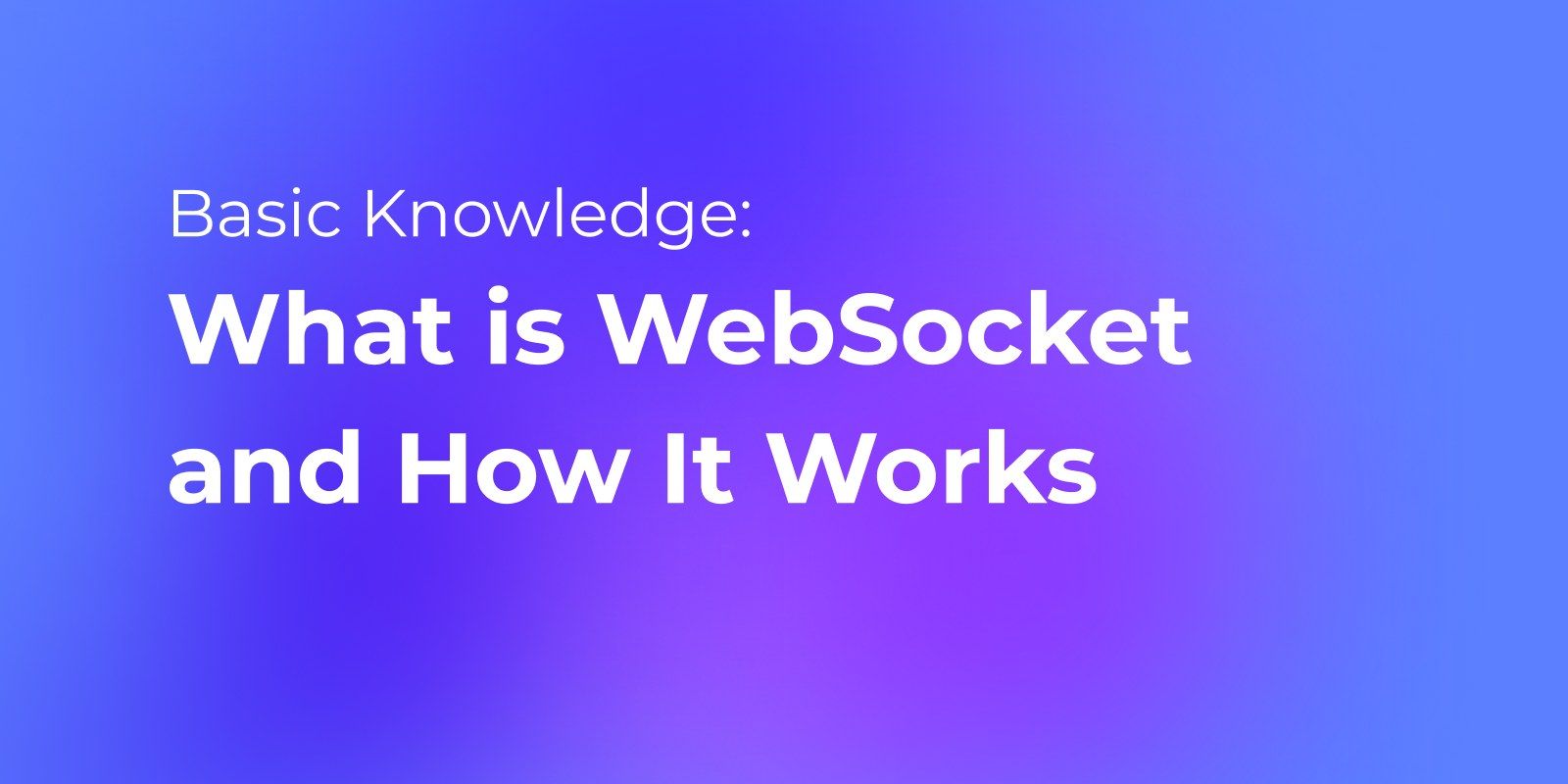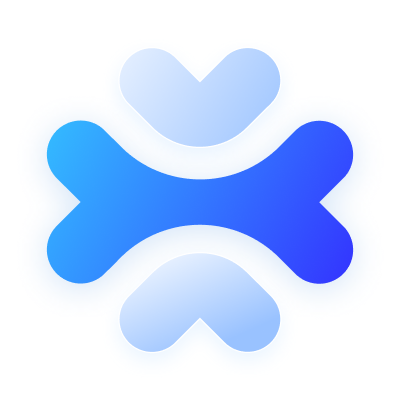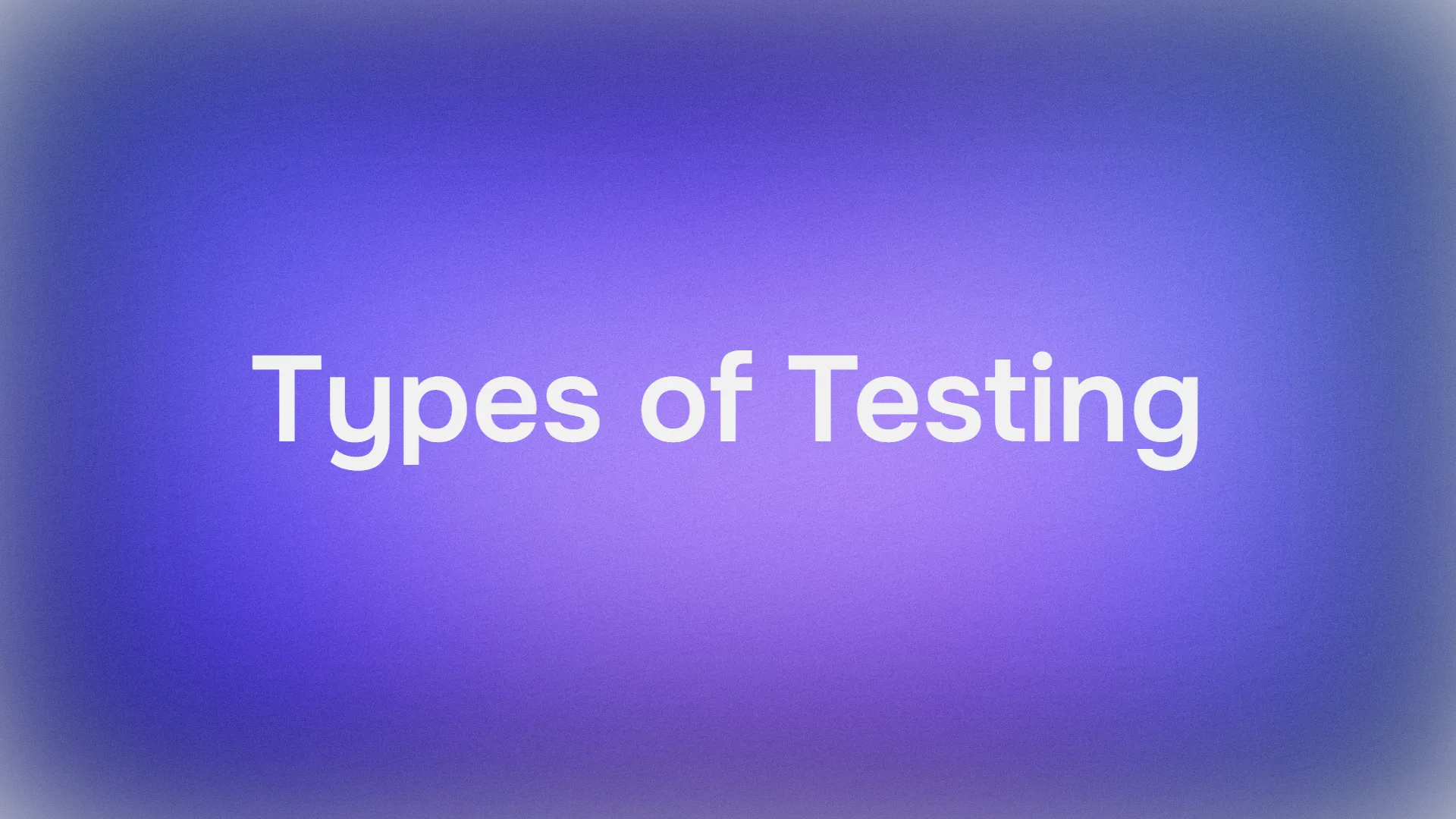Choosing the perfect WebSocket library for your React project is akin to selecting the right ingredients for a gourmet meal. The choices you make can dramatically influence the flavor of your application, affecting everything from real-time performance to how smoothly your app integrates with React. Here’s a guide, inspired by the nuanced considerations of project requirements, library limitations, React compatibility, and the vibrancy of the community and maintenance, to help you navigate through the myriad of options available.
Click the Download button below to start your journey toward seamless connectivity!
What's a WebSocket, Anyway?
Before we dive deep, let's get our feet wet with a quick refresher. WebSockets provide a continuous two-way communication channel between a client (like a browser) and a server. Imagine it as a non-stop conversation where both parties can speak and listen at any time, without waiting for the other to finish. This is a game-changer for real-time applications, from chat apps to live sports updates.

Why React?
React has become the go-to for many developers when building dynamic and responsive web applications. Its component-based architecture makes it a dream to work with, especially when dealing with real-time data updates. Combine React with WebSockets, and you've got a powerful duo that can handle live data like a pro.


Choosing the Right WebSocket Library
Choosing the right WebSocket library for your React project is akin to selecting the perfect ingredients for your signature dish. Each choice contributes to the final taste. Let's explore these ingredients further.
Compatibility
Ease of Use
Community and Support
Performance
Project Requirements
Your project's specific needs are the meat and potatoes of your decision-making process. Consider these questions:
- Functionality: What exactly do you need your WebSocket implementation to do? For simple notifications, a basic implementation may suffice. However, if you're aiming for high-frequency updates (like in a trading platform), you'll need a robust solution.
- Scalability: How big do you expect your user base to grow? A library that simplifies scaling, like Socket.IO with its support for rooms and namespaces, might save you a lot of headaches down the road.
- Reliability: In applications where uptime is critical, consider libraries that offer features like automatic reconnection and heartbeats.
Compatibility
The environments in which your application will run add another layer of complexity to your choice:
- Cross-Browser Support: If your user base uses a wide range of browsers, including older versions, libraries like Socket.IO or SockJS, which provide fallback options, can ensure everyone gets a consistent experience.
- Firewalls and Proxies: Some network configurations block WebSocket traffic. Libraries that can fall back to other communication methods automatically can be crucial in maintaining a seamless connection.
Ease of Use
The developer experience can significantly impact your project's timeline and quality:
- Learning Curve: How steep is the learning curve? A library with extensive documentation and a straightforward API can get your project off the ground faster.
- Boilerplate Code: Consider the amount of setup and boilerplate code required. A library that abstracts away the complexity can allow you to focus on building out your application's unique features.
Community and Support
A strong support network can make all the difference in the success of your project:
- Active Development: Is the library actively maintained? Regular updates mean you'll benefit from the latest features and security patches.
- Community Size: A large community can be a goldmine of resources, from plugins and extensions to forums and Stack Overflow questions. This can dramatically reduce the time you spend troubleshooting.
Performance
Finally, consider how your choice will impact the performance of your application:
- Overhead: Some libraries introduce more overhead than others. If your application is performance-critical, test the libraries to see how they impact latency and throughput.
- Resource Usage: Consider how the library manages resources, especially in scenarios with many open connections. Efficient resource usage can improve the scalability and reliability of your application.
Creating a WebSocket API With Apidog
Creating a WebSocket API with Apidog is a straightforward journey, allowing you to establish real-time communication channels in a few simple steps. Here's how to navigate through the process efficiently:
Initiate the Creation: Click the "+" button on the left side of Apidog's interface and select "New WebSocket API" from the menu. This is your starting point.

Enter the WebSocket Server URL: Provide the URL of your WebSocket server, ensuring it starts with "ws://" for unencrypted connections or "wss://" for secure connections. This step sets the destination for your data voyage.

Establish the Connection: Click the "Connect" button to initiate the connection between your client and the WebSocket server. This is akin to setting sail, where the real-time data exchange begins.
Terminate the Connection: When your task is complete, or you wish to halt the communication, click "Disconnect." This step brings your journey to a close, safely docking your ship back in the harbor.

Explore Apidog's Browser Extension
Conclusion:
Selecting the right WebSocket library for your React project is essential for creating a seamless, real-time user experience. It's like choosing the right ingredients for a recipe; each decision impacts the outcome. Key considerations include your project's specific needs (such as functionality, scalability, and reliability), compatibility with different environments, ease of use, community support, and performance.




